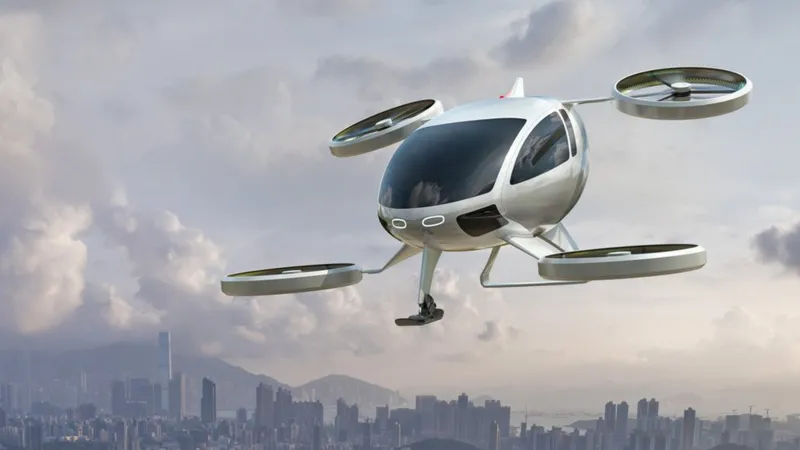
The UK government is charting a bold course into the future of transportation, aiming to usher in the era of flying taxis by 2026, with regular sightings anticipated by 2028. This ambitious endeavor is part of the Future of Flight action plan, a collaborative effort between the government and the aerospace industry, aimed at revolutionizing urban mobility.
Envisioned as a key component of future transportation networks, flying taxis are expected to play a pivotal role in easing congestion and shortening travel times. These electric Vertical Takeoff and Landing (eVTOL) vehicles, resembling futuristic helicopters, are designed to accommodate around five passengers.
However, the road to widespread adoption is not without its challenges. Infrastructure and public perception stand as significant obstacles, according to Craig Roberts from PwC. To gain public acceptance, flying taxis must demonstrate both convenience and technological advancements, particularly in areas such as security screening.
Efforts to overcome regulatory hurdles are also underway, with a focus on certifying new technology and adapting regulations to keep pace with technological progress. Infrastructure development is a crucial aspect of this initiative, with plans for “mini airports” designed specifically for drones already in motion. Urban Air Port, a key player in this space, sees flying taxis as complementary to existing transport modes but acknowledges the substantial investment required for infrastructure development.
Andrea Wu, CEO of Urban Air Port, while considering the 2028 timeline ambitious due to infrastructure requirements, recognizes the necessity of pushing the initiative forward. The government’s plans to operationalize the first vertiport this year mark a significant milestone, with consultations ongoing for vertiports at existing aerodromes.
Looking ahead, new regulations will likely be necessary to facilitate the introduction of autonomous air taxis by 2030. Beyond passenger transportation, unmanned drones hold promise for applications such as drone deliveries, medical supply transportation, and law enforcement.
The integration of flying taxis into existing transportation networks will require strategic infrastructure planning and regulatory adjustments. As the UK government spearheads this transformative initiative, the future of urban mobility is poised to soar to new heights.
Also, see:
Ring Doorbell Users Upset Over Steep Price Hike